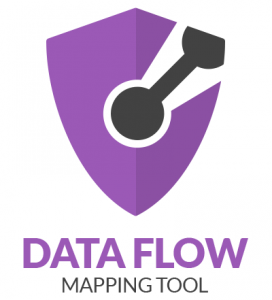As part of an EU General Data Protection Regulation (GDPR) compliance project, organisations will need to map their data and information flows in order to assess their privacy risks. This is also an essential first step for completing a data protection impact assessment (DPIA), which is mandatory for certain types of processing.
The key elements of data mapping
To effectively map your data, you need to understand the information flow, describe it and identify its key elements.
1. Understand the information flow
An information flow is a transfer of information from one location to another, for example:
- From inside to outside the European Union; or
- From suppliers and sub-suppliers through to customers.
2. Describe the information flow
- Walk through the information lifecycle to identify unforeseen or unintended uses of data. This also helps to minimise what data is collected.
- Make sure the people who will be using the information are consulted on the practical implications.
- Consider the potential future uses of the information collected, even if it is not immediately necessary.
3. Identify its key elements
Data items
- What kind of data is being processed (name, email, address, etc.) and what category does it fall into (health data, criminal records, location data, etc.)?
Formats
- In what format do you store data (hardcopy, digital, database, bring your own device, mobile phones, etc.)?
Transfer method
- How do you collect data (post, telephone, social media) and how do you share it internally (within your organisation) and externally (with third parties)?
Location
- What locations are involved within the data flow (offices, the Cloud, third parties, etc.)?
Accountability
- Who is accountable for the personal data? Often this changes as the data moves throughout the organisation.
Access
- Who has access to the data in question?
The key challenges of data mapping
- Identifying personal data Personal data can reside in a number of locations and be stored in a number of formats, such as paper, electronic and audio. Your first challenge is deciding what information you need to record and in what format.
- Identifying appropriate technical and organizational safeguards The second challenge is likely to be identifying the appropriate technology – and the policy and procedures for its use – to protect information while also determining who controls access to it.
- Understanding legal and regulatory obligations Your final challenge is determining what your organisation’s legal and regulatory obligations are. As well as the GDPR, this can include other compliance standards, such as the Payment Card Industry Data Security Standard (PCI DSS) and ISO 27001.Once you’ve completed these three challenges, you’ll be in a position to move forward, gaining the trust and confidence of your key stakeholders.
Data flow mapping
To help you gather the above information and consolidate it into one area, Vigilant Software, a subsidiary of IT Governance, has developed a data flow mapping tool with a specific focus on the GDPR.





